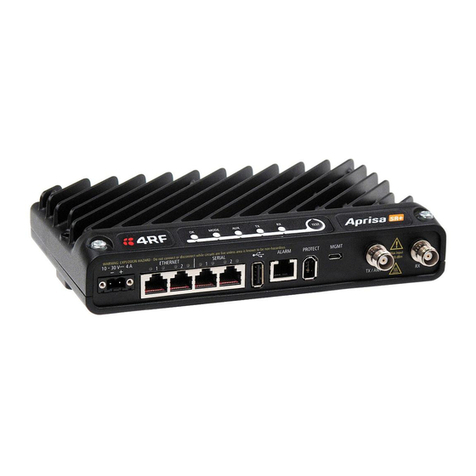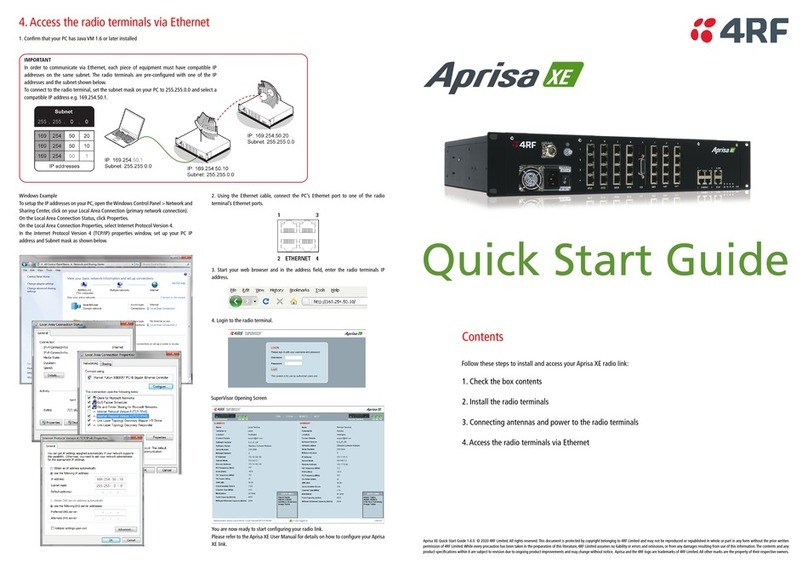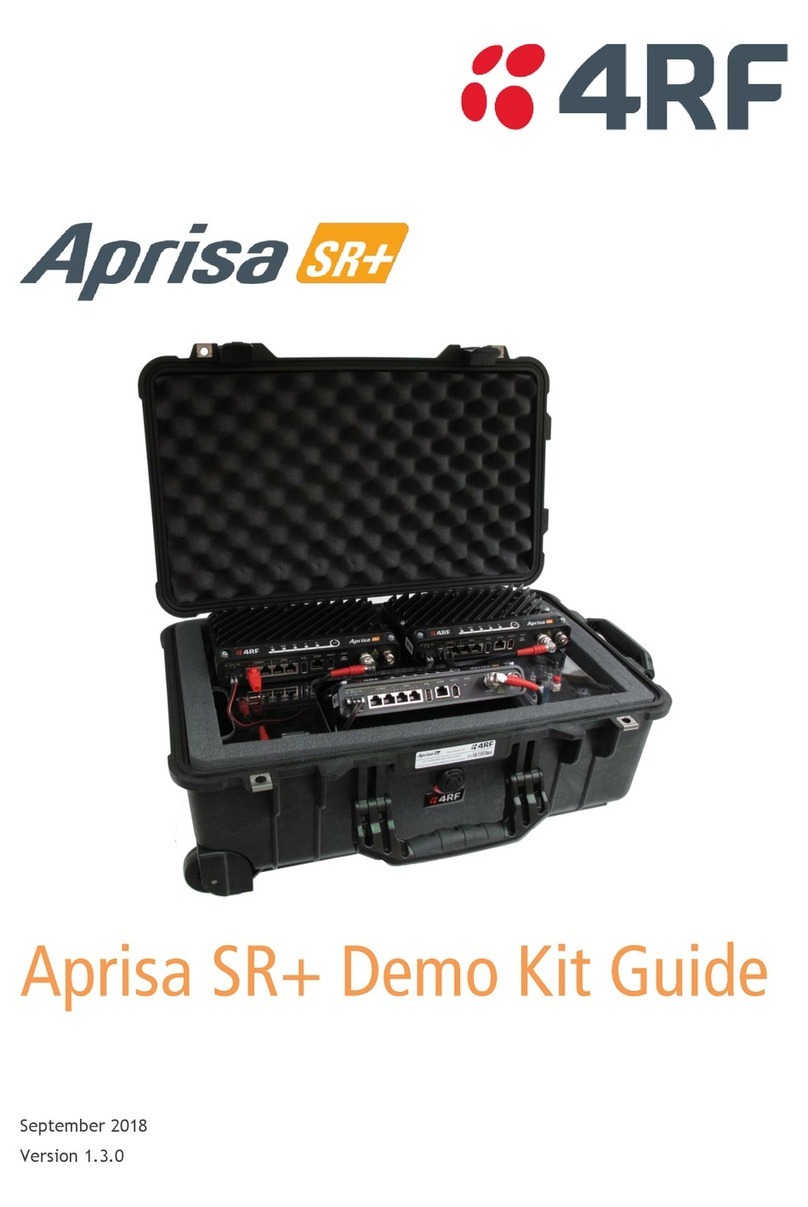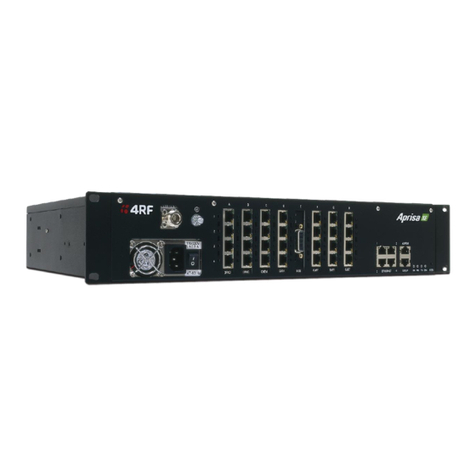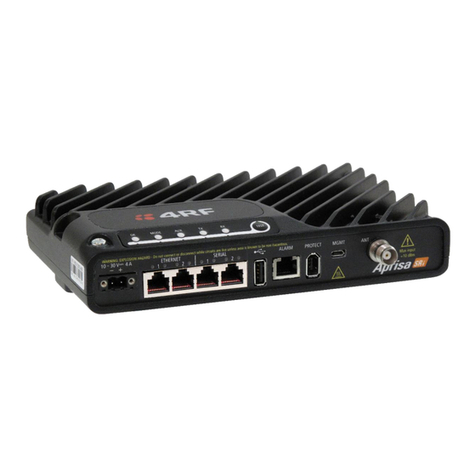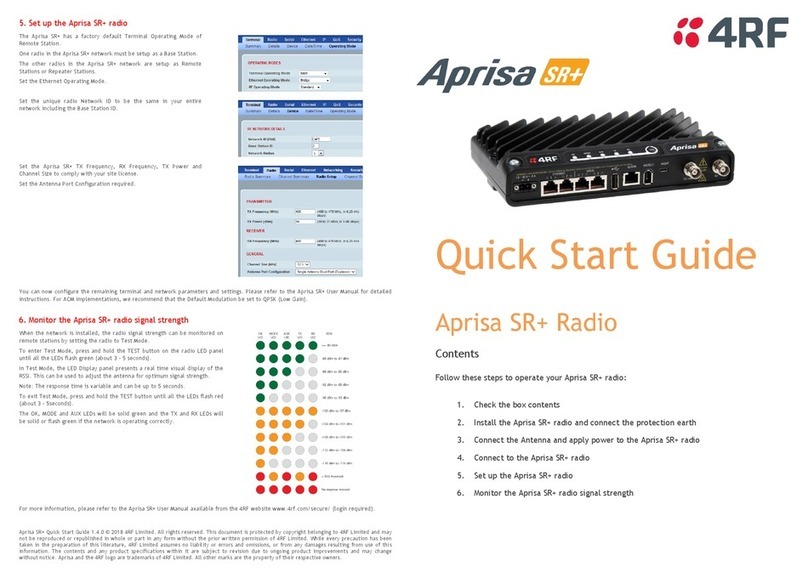Contents | viii
13. Maintenance ..................................................................................................175
Routine maintenance ..................................................................................................175
Terminal upgrades ......................................................................................................176
Upgrade process................................................................................................176
Installing RF synthesizer configuration files.......................................................176
Upgrading the terminal using TFTP ...................................................................177
Upgrading the terminal by uploading system files..............................................182
Viewing the image table .....................................................................................187
Changing the status of an image file..................................................................188
Rebooting the terminal ................................................................................................189
Support summary ........................................................................................................190
Installing interface cards..............................................................................................191
Preparing the terminal for new interface cards ..................................................192
Installing an interface card .................................................................................194
Configuring a slot ...............................................................................................196
14. Troubleshooting............................................................................................197
Loopbacks ...................................................................................................................197
RF radio loopback..............................................................................................197
Interface loopbacks............................................................................................198
Timeslot loopbacks ............................................................................................198
Alarms .........................................................................................................................199
Diagnosing alarms .............................................................................................199
Viewing the alarm history ...................................................................................201
Viewing interface alarms ....................................................................................202
Clearing alarms ..................................................................................................203
Identifying causes of alarms...............................................................................204
E1 / T1 alarm conditions ....................................................................................206
System log...................................................................................................................207
Checking the syslog...........................................................................................207
Setting up for remote logging .............................................................................209
15. Interface connections...................................................................................211
RJ-45 connector pin assignments ...............................................................................211
Interface traffic direction ..............................................................................................211
QJET Interface connections ........................................................................................212
Ethernet interface connections....................................................................................213
Q4EM Interface connections .......................................................................................214
E&M Signalling types .........................................................................................215
DFXS Interface connections........................................................................................217
DFXO Interface connections .......................................................................................218
HSS Interface connections..........................................................................................219
Synchronous cable assemblies..........................................................................220
Cable WAN connectors......................................................................................227
QV24 Interface connections ........................................................................................228
16. Alarm types and sources .............................................................................229
Alarm types .................................................................................................................229
Transmitter alarms .............................................................................................229
Receiver alarms .................................................................................................230
MUX alarms .......................................................................................................230
Modem alarms ...................................................................................................230
Motherboard alarms ...........................................................................................231
QJET alarms ......................................................................................................231
DFXO alarms .....................................................................................................232
DFXS alarms......................................................................................................232
HSS alarms ........................................................................................................232
QV24 alarms ......................................................................................................232
